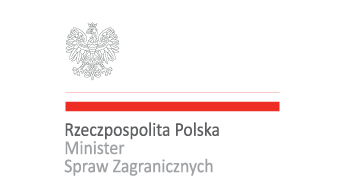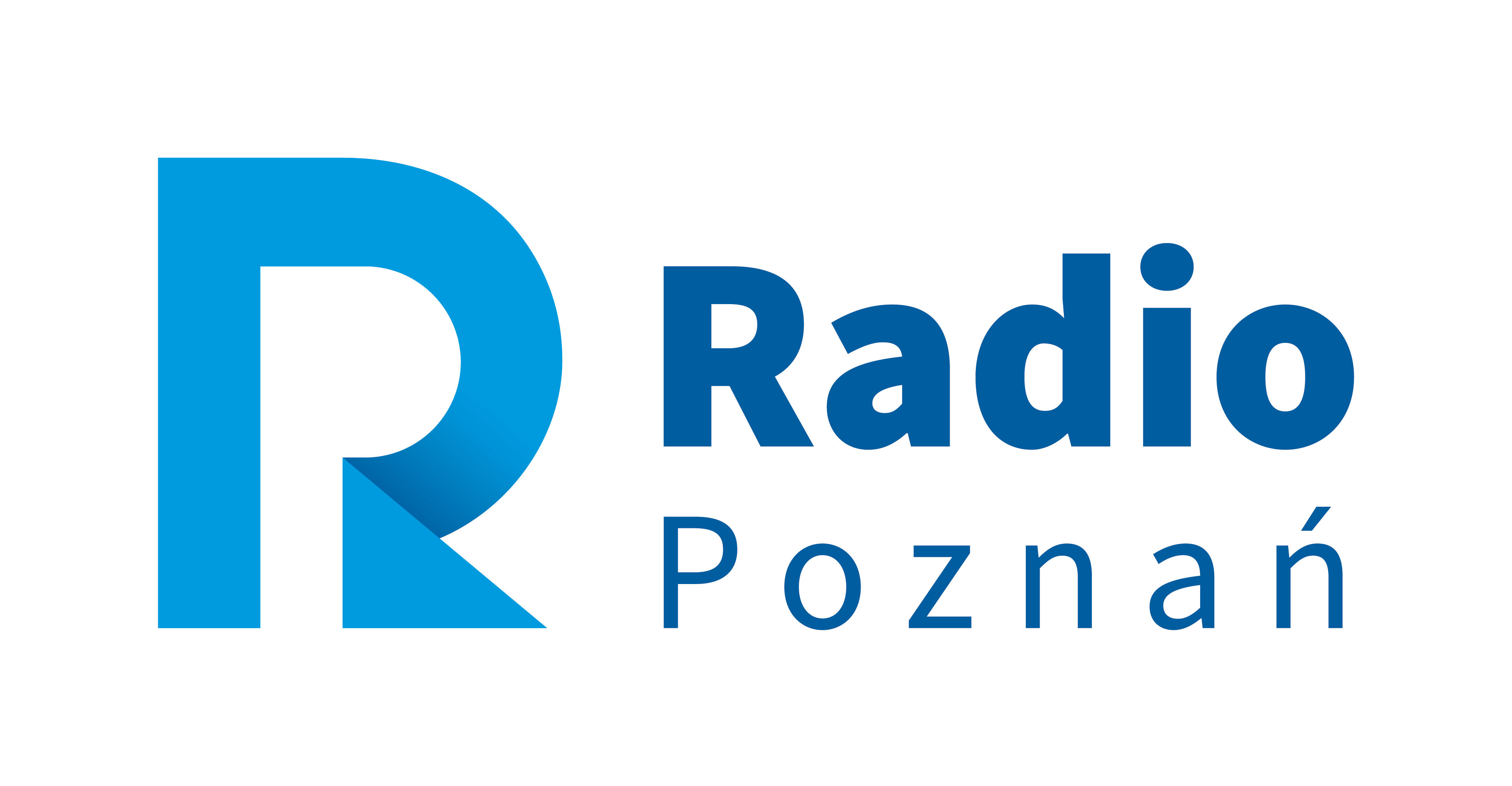Fourth Interlinguistics Symposium (21-22.09.2017)
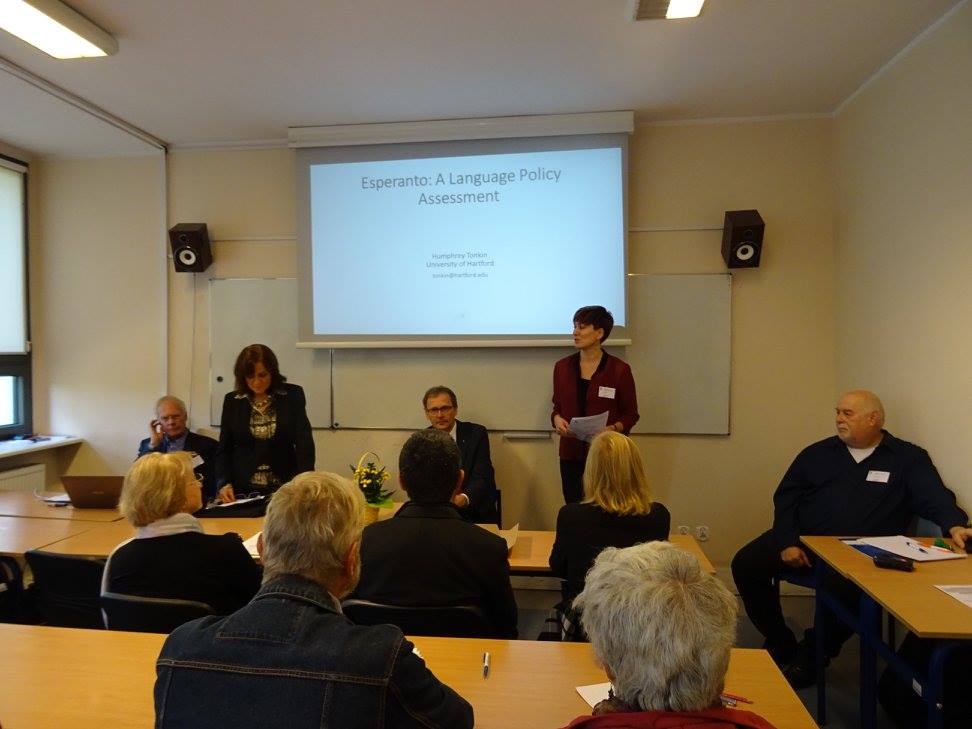
Fourth Interlinguistics Symposium at AMU
The fourth international interlinguistic symposium organised by the Interlinguistic Studies programme (Institute of Linguistics, Faculty of Modern Languages and Literature, Adam Mickiewicz University, Poznań, Poland) was held September 21-22, 2017 in Poznań. The main subject was: The role of international languages from the time of Zamenhof to the modern multicultural world . The topics of the conference related to cooperation in the face of linguistic and cultural challenges from the 19th century until now.
For the Thursday opening the Rector of AMU, Prof. Andrzej Lesicki, sent a letter of congratulations; His personal high estimation of the 20 years of Interlinguistic Studies was expressed by Prof. Maciej Karpiński, Vice-Dean of the Faculty of Modern Languages and Literature; Stefan MacGill offered greetings on behalf of the Universal Esperanto Association, of which he is the Vice-President. The first plenary lecture, Esperanto: A Language Policy Assessment, by Humphrey Tonkin was open for the university community. Věra Barandovská-Frank followed with a lecture on the subject of interlinguistics and presented the preliminary edition of her interlinguistics textbook.
Friday morning there were also two plenary lectures. Ilona Koutny, the director of Interlinguistic Studies outlined the 20 year history of the programme connecting it with the 50 year history of university instruction of Esperantology and interlinguistics which began with the Esperanto department at Budapest University in 1966. Sabine Fiedler illustrated how humour works in Esperanto with many entertaining examples.
|
Detailed programme (PDF): Programme |
|
Book of abstracts (PDF): Abstracts
|
Below you will find short interviews with the lecturers who contributed to our programme
both of the symposium and of the session in Interlinguistic Studies.
prof. dr Ilona Koutny (AMU, Poland)
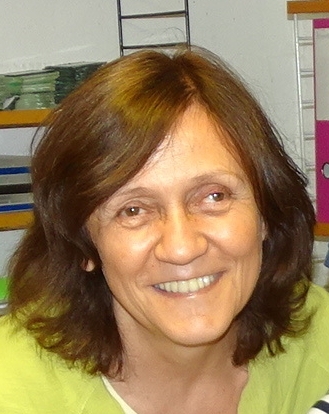
The Interlinguistic Studies which you created at AMU have continued for 20 years now. How do you see the role of the Studies?
This extramural Interlinguistic Studies program is the only one of its type, that is comprehensive philological studies exist only at the Institute of Linguistics of AMU. Over the course of three years they provide the students with a basic knowledge of general linguistics, interlinguistics, international and intercultural communication with a focus on the linguistics, culture and movement of the internationally dispersed and naturally functioning planned language Esperanto. In the third year it is possible to specialize in teaching methodology, communication, translation, linguistics and literature of Esperanto or in planned languages.
Several dozen students from different countries in Europe, the Americas and Asia have completed the studies by attending the on-site sessions each semester and the distance possibilities for increasing their knowledge under the guidance of instructors both here and in other countries. During the most recent September session 12 students presented their theses and completed their final examinations. At the same time the 7th group with 20 students from 12 countries (China, South Korea, Turkey, Brazil, the USA, France, Switzerland, Germany, Spain, Russia, Kazakhstan and Poland) began their studies.
An interlinguistics symposium was also held after the new session. What is its main goal?
Every third year, this was the 4th time, we (that is the Interlinguistic Studies) organize an international interlinguistic symposium (this one took place September 21-22, 2017) in order to allow interlinguists, esperantologists and experts in international communication discuss problems related to the language side of international communication, the role of planned languages and current issues regarding Esperanto language and culture. This year the focus was the Role of International Languages from the time of Zamenhof to the current multicultural world with the goal of celebrating the 100th anniversary of the death of Zamenhof as well as 20 years of the studies. It was opened with a large public and three official languages, Esperanto, English and Polish. About 80 participants from different countries spoke on topics related to language policy, planned languages as well as topics related to Esperanto from language and literature to instruction and issues regarding the Esperanto movement. Three parallel sections were held over two days with a total of 50 papers presented.
prof. dr Věra Barandovská-Frank (AIS, San Marino)
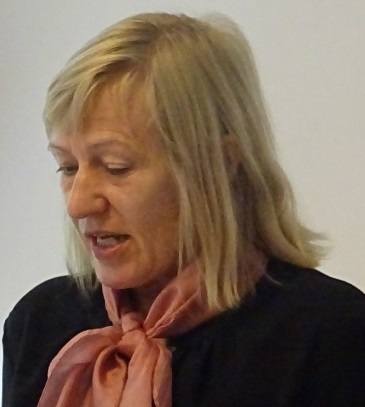
During your lecture you outlined the possible topics of interlinguistics. Why did you complete a book on interlinguistics?
In 1930 interlinguistics was defined as the branch of linguistics devoted to international auxiliary languages. Later lingua francas, pidgins, creoles, language policy, multilingualism, the history of language creation, literature written in planned languages, language planning, constructed languages in the internet and other topics were added. It is fascinating that interlinguistics is defined in an ever more broad and interdisciplinary way so there is a lot to explore and discuss. My book mostly presents the planned language side of interlinguistics with the goal of orienting students of Interlinguistic Studies and other interested readers in the vast area of planned languages which number over one thousand with new languages still appearing in the internet.
What is the difference between Esperanto and, for example, the constructed language Klingon?
Laŭ ekesto-maniero esperanto estas planlingvo (konstruita lingvo: conlang) same kiel Klingon; laŭ uzadcelo temas pri internacia helplingvo (auxlang) kun granda reala lingvokomunumo kaj la klingona estas fikcia, arta lingvo (artlang) kreita por fikcia lingvokomunumo.
prof. dr Humphrey Tonkin (Hartford University, USA)
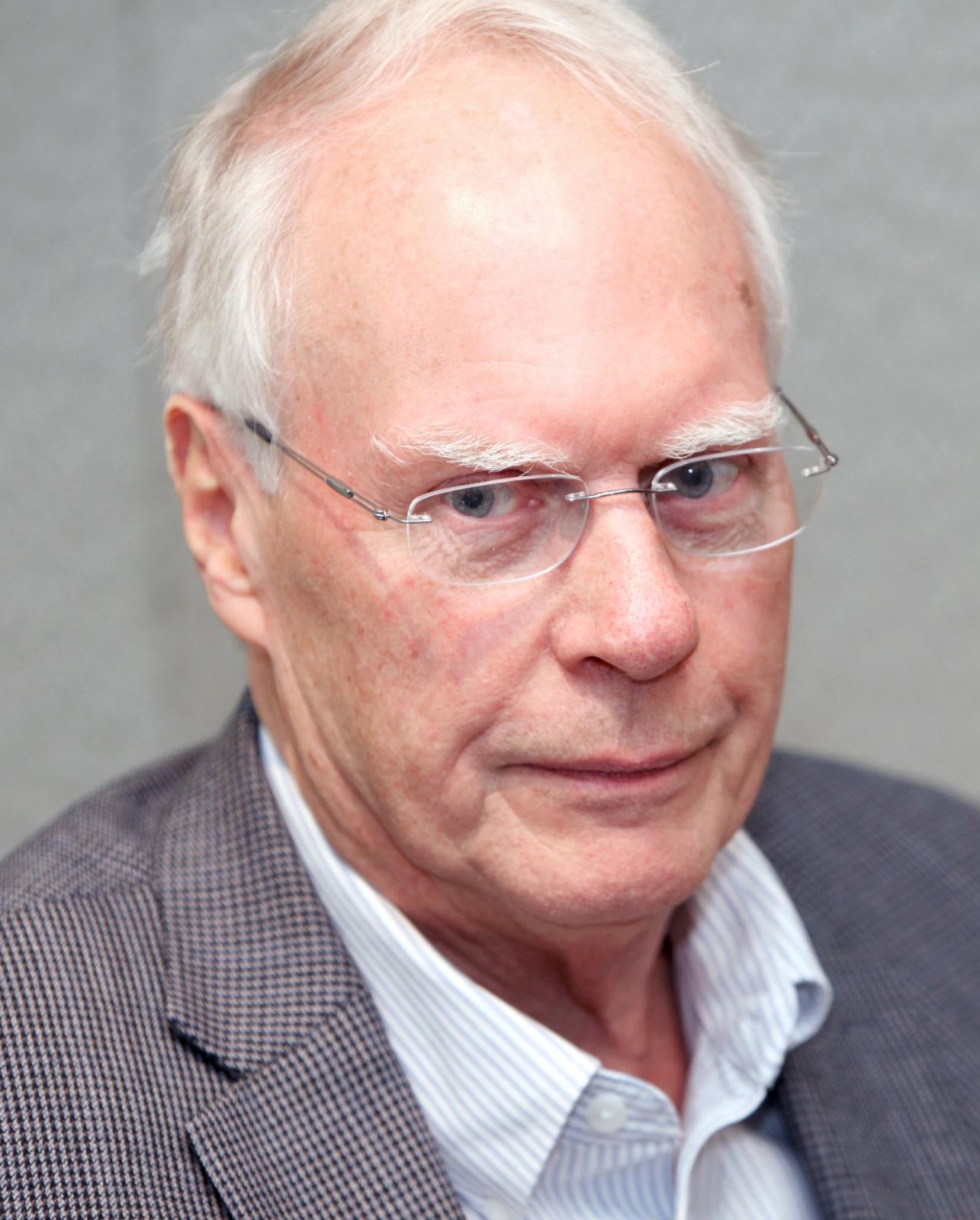
Your public lecture during the symposium offered an assessment of Esperanto in the context of language policy. What role might Esperanto have in language policy?
As a planned language, Esperanto offers an interesting example of what is called “corpus planning” – expansion of the lexis or grammar of a language to adapt it to changing circumstances, and of “status planning” – alignment of the role of a language to the social circumstances that surround it. On the basis of this model, we can learn a lot about the processes of language policy, especially when we explore the interaction of the language itself with the movement (or community) of Esperanto spekers. In some sense, Esperanto is a laboratory model of the functioning of languages in society.
You also offered courses in Esperanto culture and literature. What culture does an “artificial” language have? And how would you characterize Esperanto literature?
Although the project that produced Esperanto was created by a single individual, from its beginning Esperanto has developed in the same way as all other languages – primarily through the interaction and creativity of its users. This natural development has inevitably led to the creation of literary works in the language. At the same time, its literature created for Esperanto its own separate culture, and that separate culture stimulated further literary creativity. Of course, Esperanto literature has been, and continues to be, created by people who use Esperanto as a second language. Their goal is to create in Esperanto, at one and the same time, something similar to what they find in ethnic languages and something that is uniquely international, global. So Esperanto is at once unique in itself and internationalist in its orientation and dissemination.
dr Katalin Kováts (Edukado.net, Netherlands)

Some students specialized in teaching methodology of Esperanto in the Interlinguistic Studies. Where is it possible to teach Esperanto?
EIn Hungary since 1966 it has been possible to learn the international language at all levels of the education system and take school leaving exams in it. Also in France it is now possible to take a school leaving exam in Esperanto and there has just been a positive decision concerning teaching it experimentally in middle schools so now France really needs a large number of certified instructors. In Brazil a proposal to introduce Esperanto in school programs has been slowly gaining ground in Parliament. In China there is a primary school where hundreds of children learn Esperanto as their first foreign language. We can also mention the Chair in Interlinguistics and Esperanto in Amsterdam, university courses in Russia, Germany, France, Japan, Italy, the USA, Chile, Brazil tens of middle schools and many primary schools throughout the world. Doesn't all this activity indicate that instructors are needed?
AMU in Poznań is the only place where it is currently possible to obtain a university certification in interlinguistics and teaching Esperanto. At the website edukado.net, of which I'm the editor, we also try to equip students with materials, knowledge, practice and chances for cooperation. The students in Poznań are pioneers in their countries where they can follow the Poznań model.
English is taught everywhere now, what chance does Esperanto have, does it offer any advantages?
The ease of learning of Esperanto and its propaedeutic value for other (especially Romance) languages certainly is an advantage not only for children but for many other learners as well. The ability to directly communicate in a language independent of specific countries and political systems, the chance to have intercultural experiences, to travel and find friends, these are the strongest arguments for learning Esperanto. We also have an examination system that complies with the Common European Framework of Reference for Languages.
reported by prof. dr Ilona Koutny
dr Ida Stria
Contact details:
Interlinguistic Studies, Institute of Linguistics,
Adam Mickiewicz University
al. Niepodległości 4,
PL-61-874 Poznań, POLAND
interlingv@gmail.com / interlin@amu.edu.pl
http://www.amu.edu.pl/~interl/
The conference is held under the auspices of:
Honorary Committee
Ambassador of Austria in Poland, dr Thomas Buchsbaum
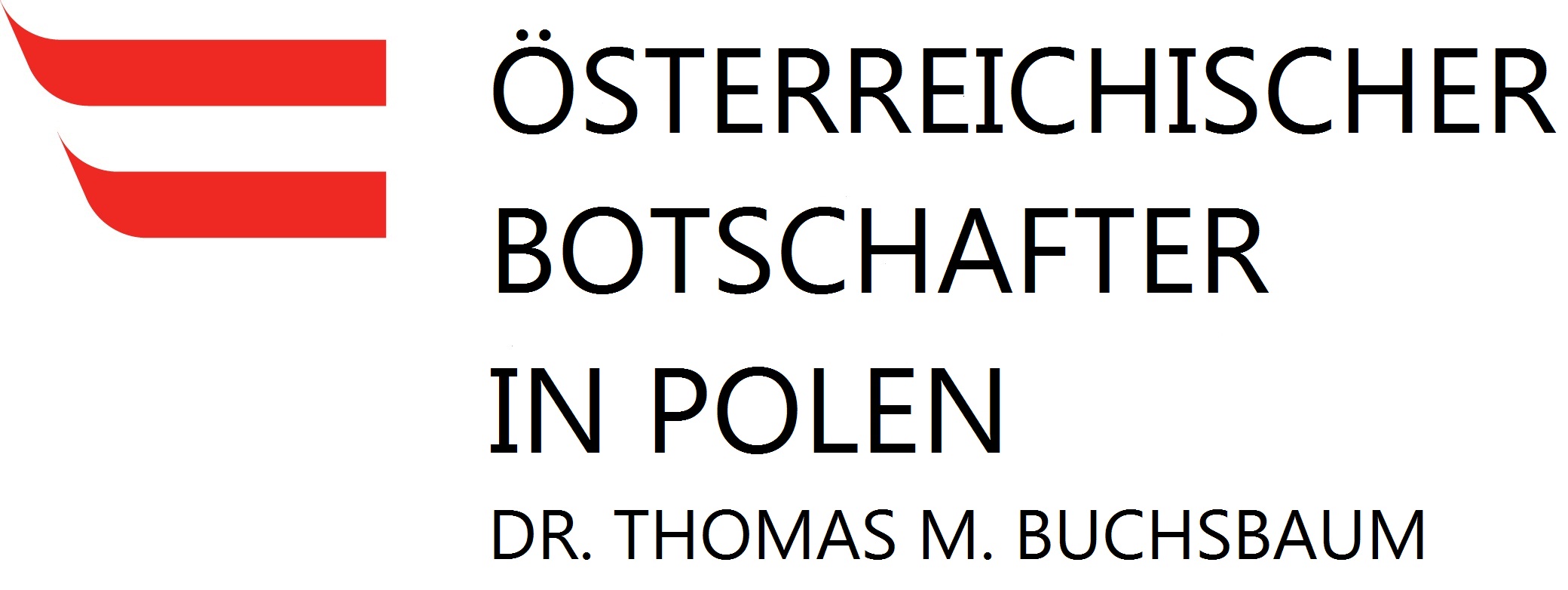
President of Universal Esperanto Association (UEA), prof. dr Mark Fettes



